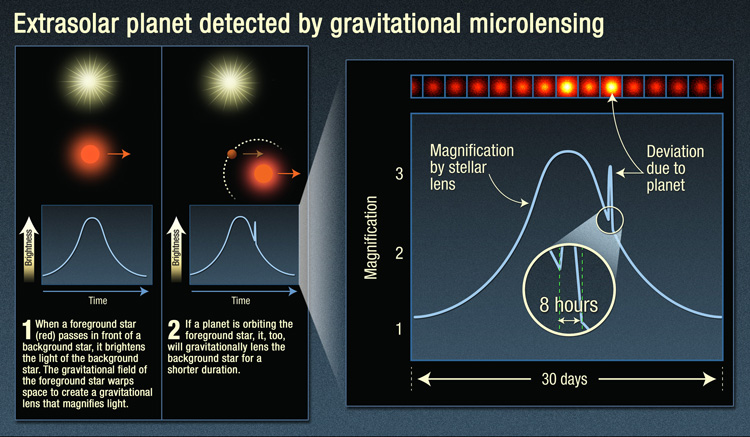
Dark matter is a hypothetical form of matter that is implied by gravitational effects that can’t be explained by general relativity unless more matter is present in the universe than can be seen. It remains virtually as mysterious as it was nearly a century ago when first suggested by Dutch astronomer Jan Oort in 1932 to explain the so-called “missing mass” necessary for things like galaxies to clump together.
Now Dr. Richard Lieu at The University of Alabama in Huntsville (UAH) has published a paper in the Monthly Notices of the Royal Astronomical Society that shows, for the first time, how gravity can exist without mass, providing an alternative theory that could potentially mitigate the need for dark matter.
“My own inspiration came from my pursuit fo...
Read More







Recent Comments